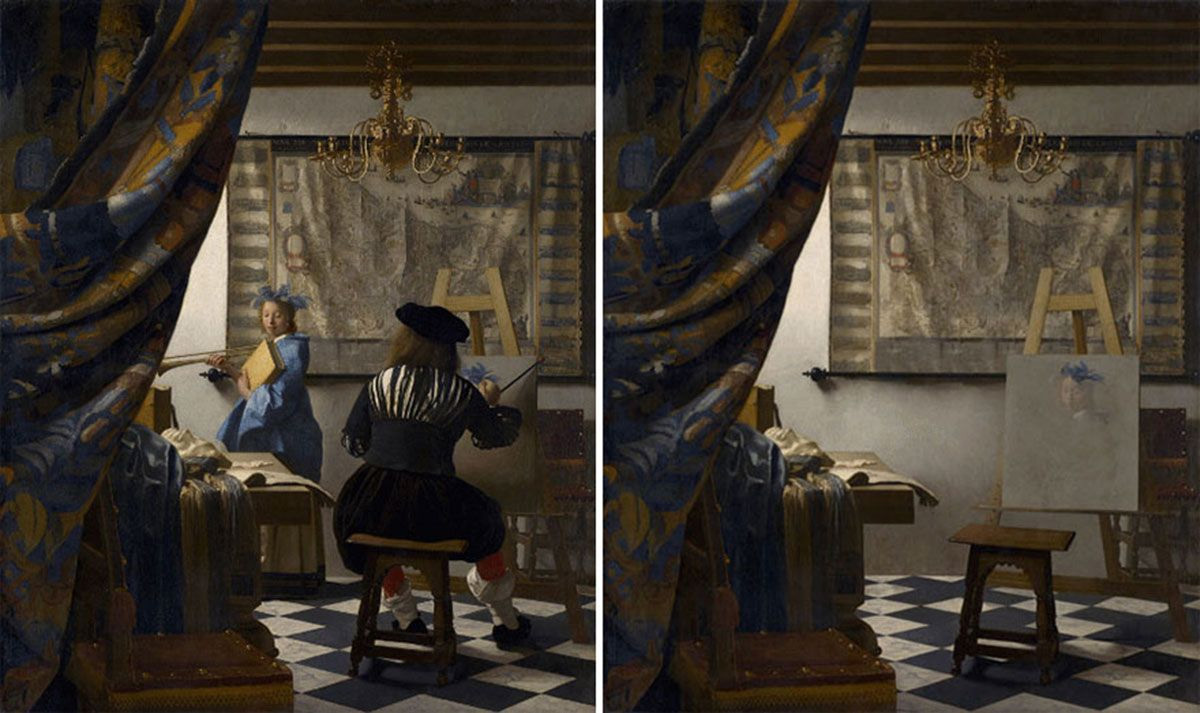In a thought-provoking series of artwork, Spanish artist José Manuel Ballester offers a unique perspective on classic masterpieces by stripping them of their central characters. Works like Goya’s “The Third of May 1808”, Vermeer’s “The Allegory of Painting”, and Botticelli’s “The Birth of Venus” are reimagined, revealing the often-overlooked spaces and details that lay hidden behind the figures. This artistic endeavor, which Ballester calls “Hidden Spaces” (Espacios occultos), invites viewers to contemplate the role of human presence in art and the stories that spaces alone can tell.
Ballester’s reinterpretations serve as a silent stage where once pivotal moments occurred. The absence of characters in these iconic scenes prompts a reflection on the narratives and emotions that are traditionally driven by human subjects. By presenting these voids, Ballester challenges the observer to fill in the blanks with their imagination, thus becoming an active participant in the art itself. His work not only pays homage to the original artists but also adds a contemporary layer of interpretation, questioning the relationship between space, absence, and storytelling in visual art.
At first sight the whole series can inspire some humour, but after a deeper look it’s not difficult to find transcendence and the multiple possible interpretations, both as new images and as related to their original counterparts. One of the clearest aspects in this series is the way we can understand art from the point of view of each period, which has a unique way of looking and understanding reality shared by artists, who develop their creativity inside those period’s values and connect with ideas and universal precepts extended in time.
Jose Manuel Ballester
More info: Website, Instagram (h/t Bored Panda).
Leonardo da Vinci’s “The Last Supper” (1498)
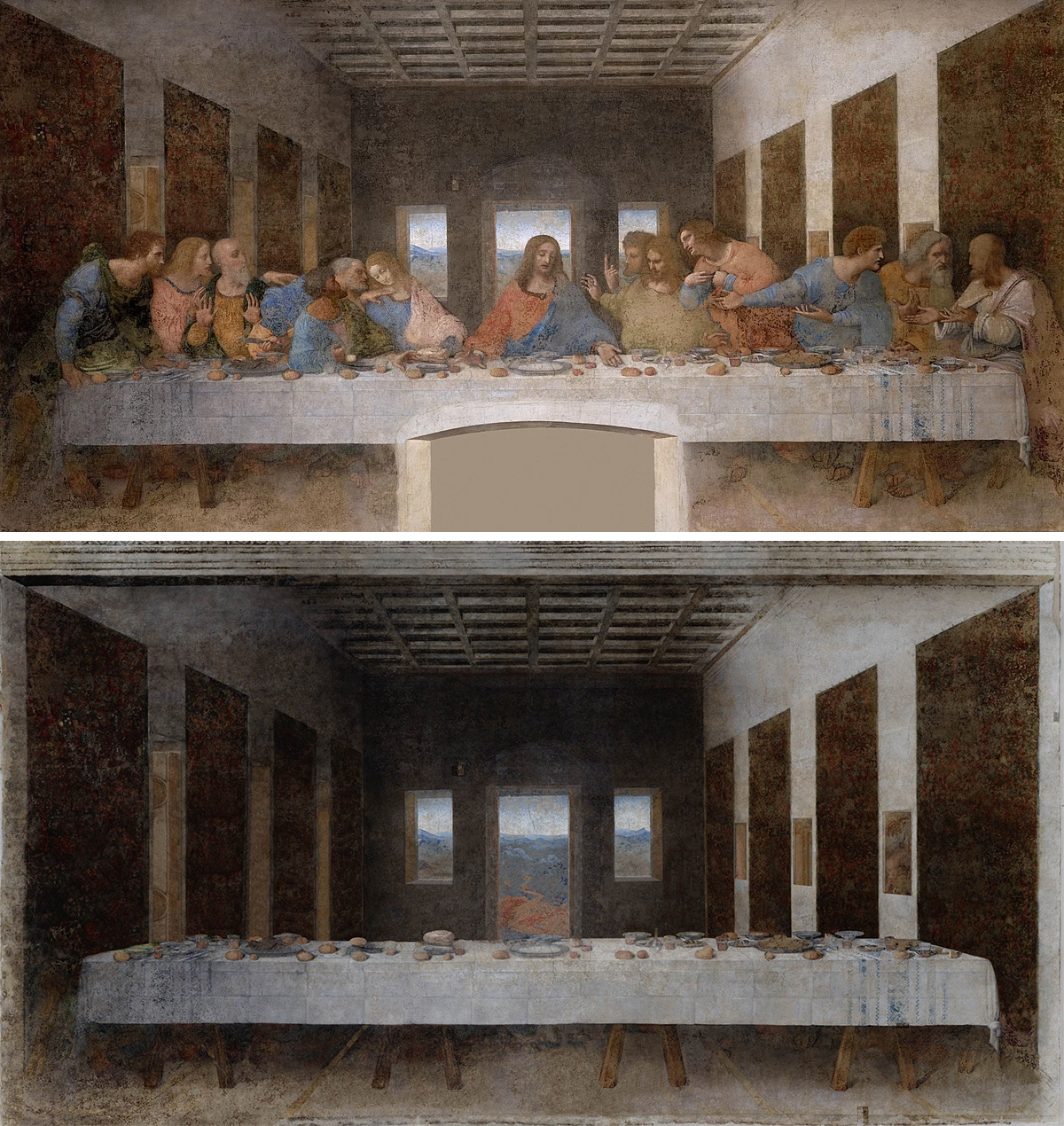
Diego Velázquez’s “Las Meninas” (1656)
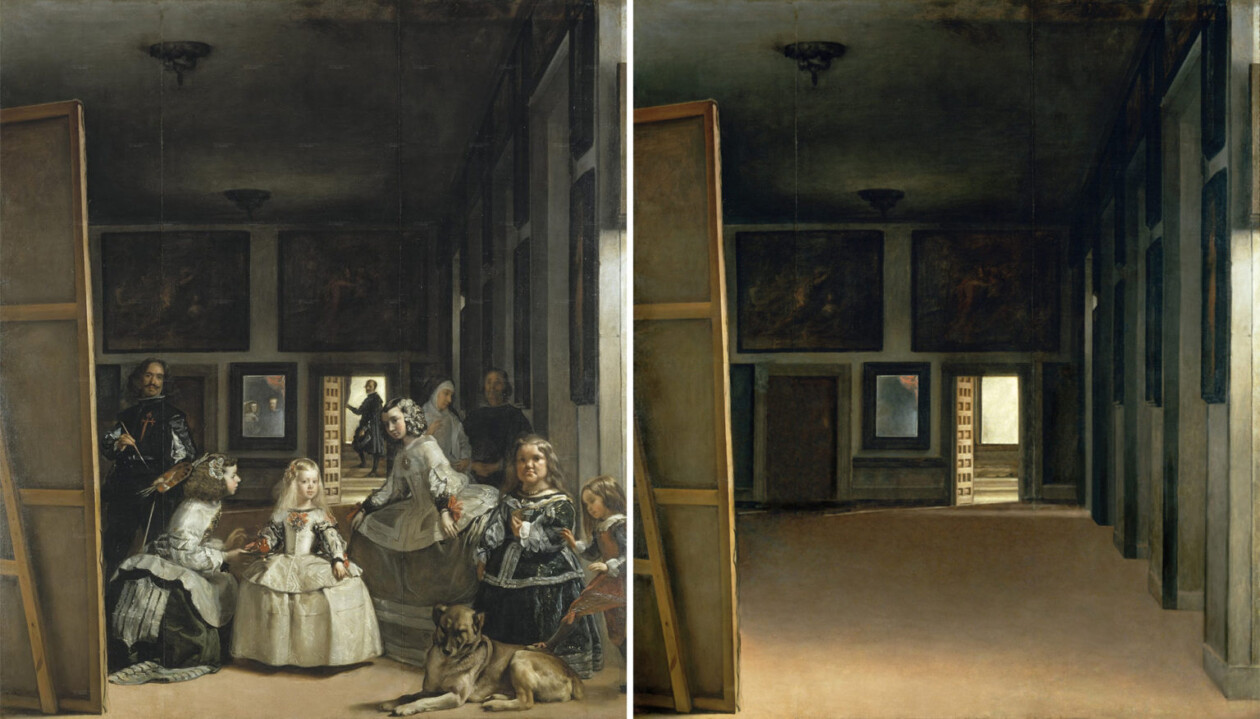
Sandro Botticelli’s “The Birth of Venus” (1486)
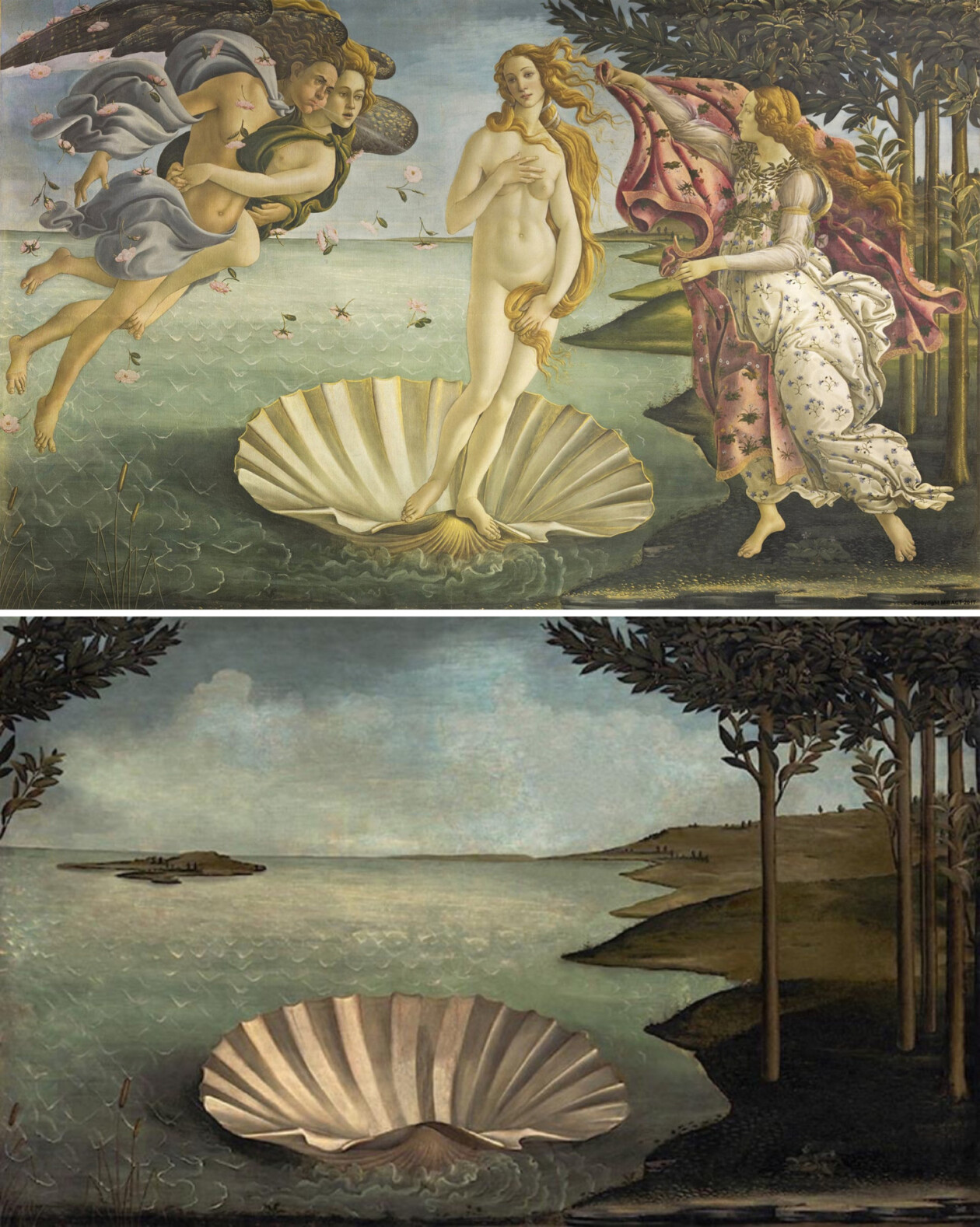
Pablo Picasso’s “Guernica” (1937)
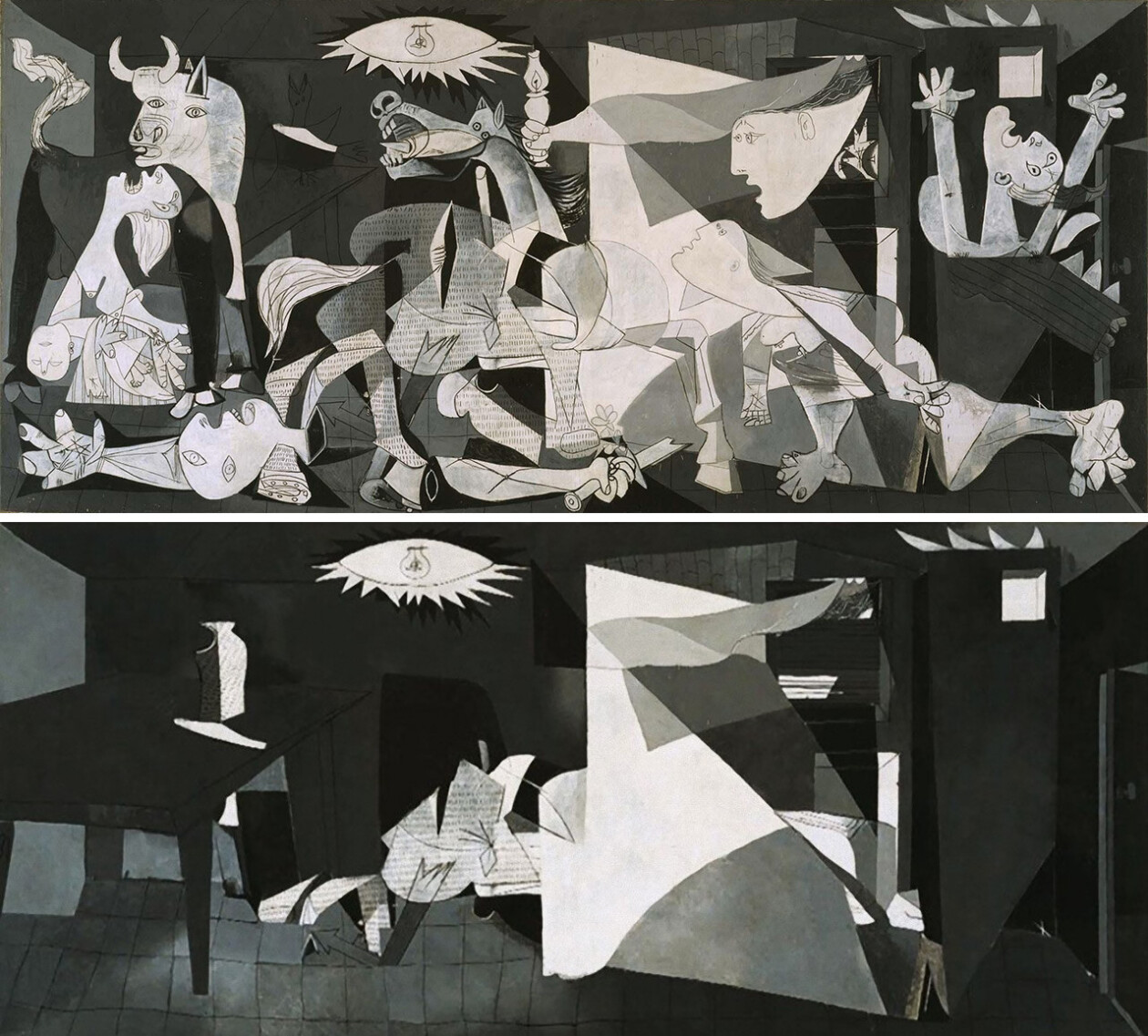
Francisco Goya’s “The Third of May 1808” (1814)
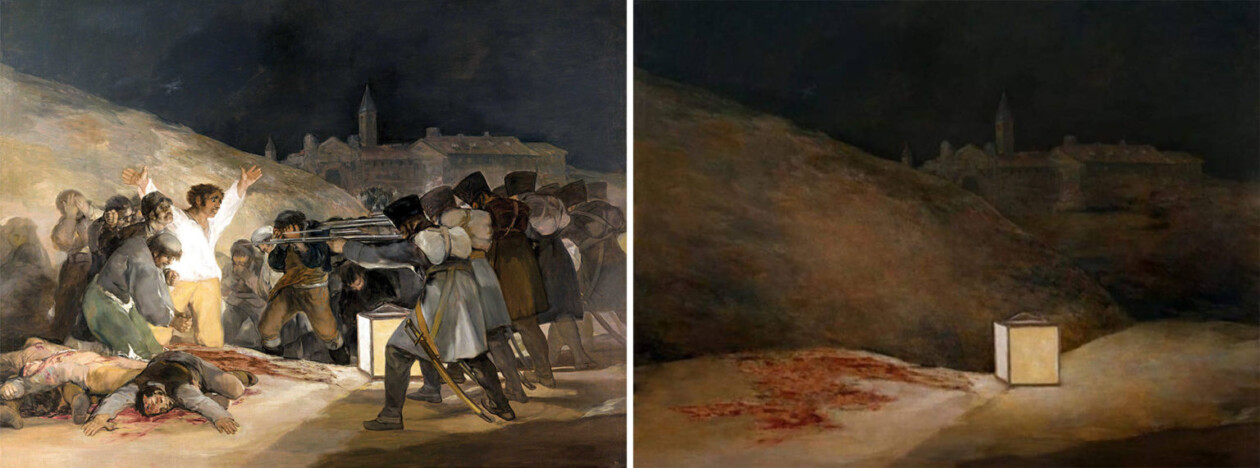
Théodore Géricault’s “The Raft of Medusa” (1819)
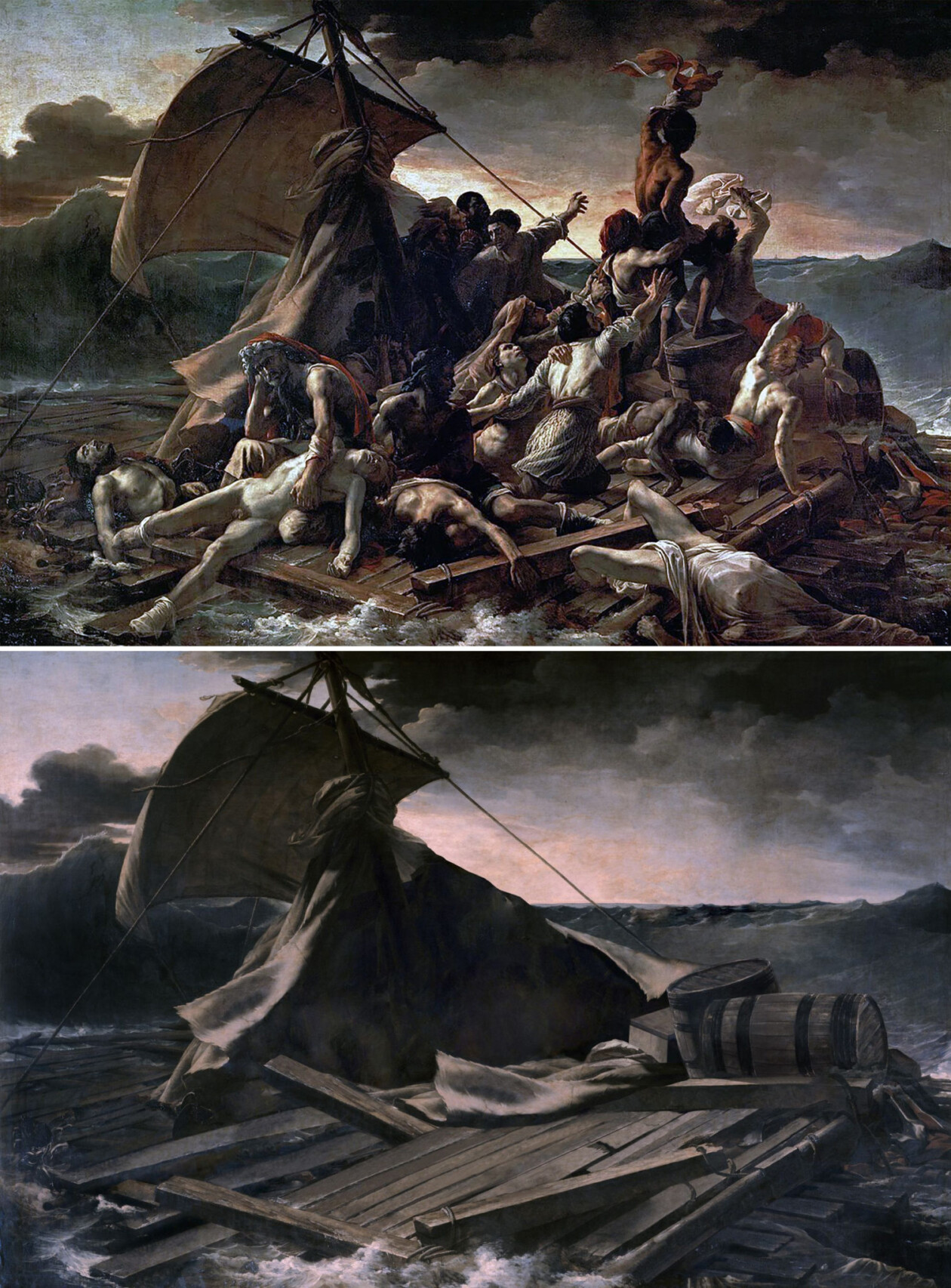
Jan Vermeer’s “The Allegory of Painting” (1668)
